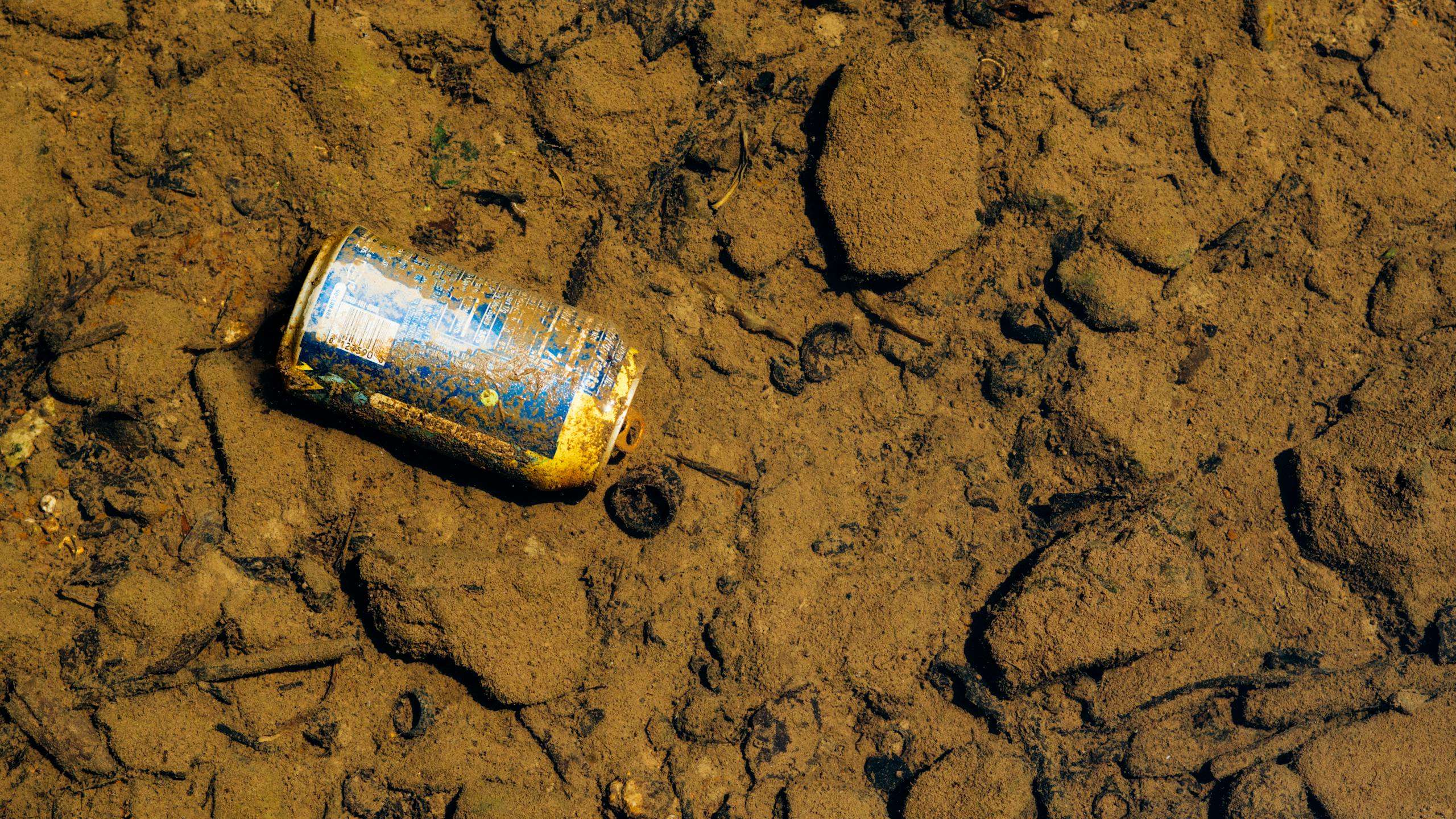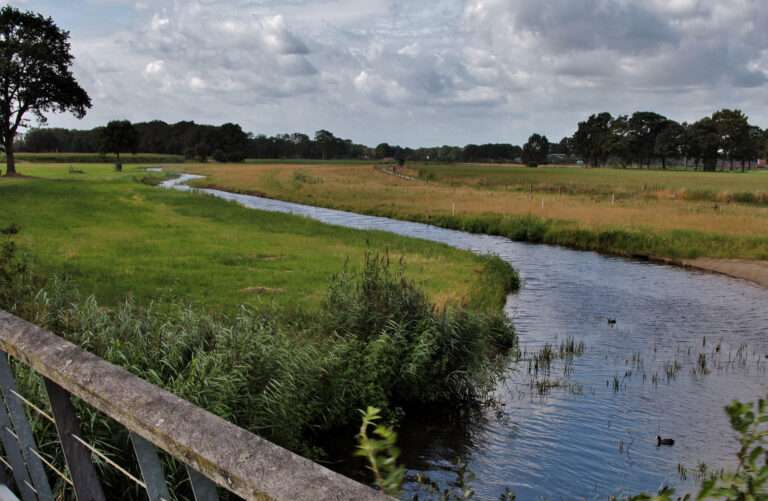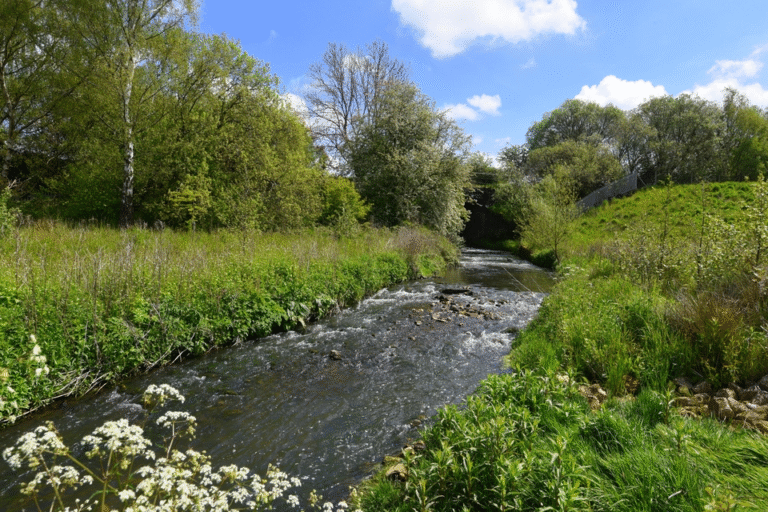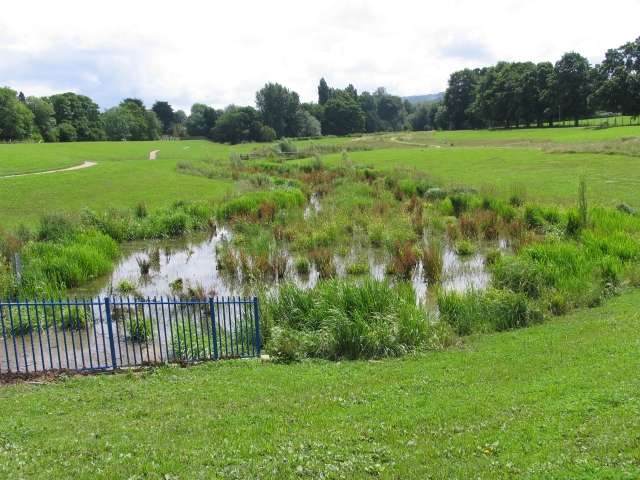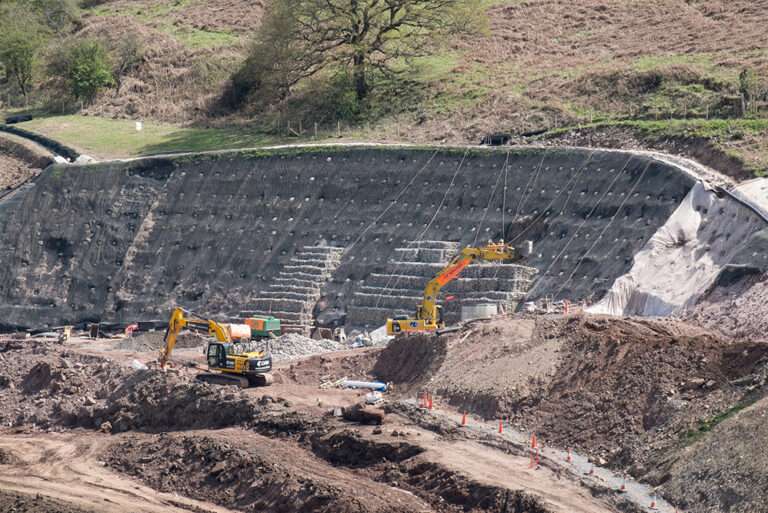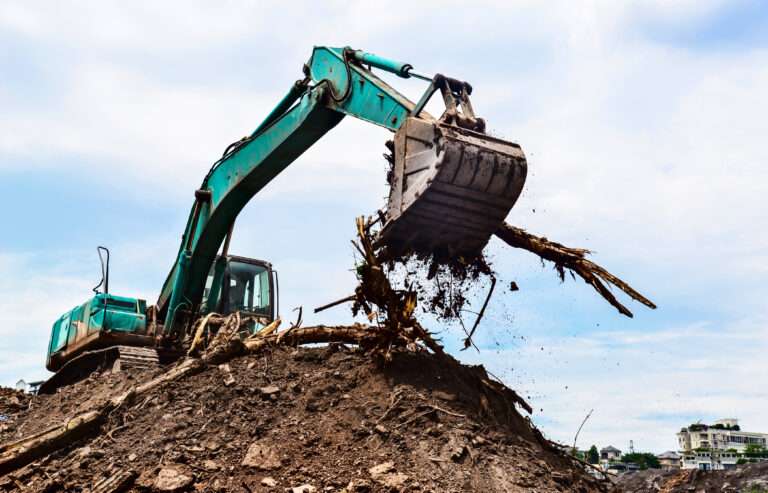9 Powerful Remediation Techniques for Contaminated Land in the UK
Contaminated land presents a serious challenge for developers, local authorities, and landowners across the UK. From brownfield regeneration to restoring former industrial sites, effective remediation is critical—not just for compliance, but for environmental safety, economic potential, and long-term sustainability.
But how do you choose the right approach?
In this blog, we explore the most effective land remediation techniques used across the UK, when to use them, and what you need to know to make informed decisions. Whether you’re managing a small commercial site or a large-scale regeneration project, this guide will help you understand your options and move forward with confidence.
What is Land Remediation?
Land remediation refers to the process of cleaning up polluted or contaminated soil, groundwater, or surface water to ensure it’s safe for humans, wildlife, and future use. It’s an essential part of responsible land development and regeneration—particularly where there’s a history of industrial, chemical or waste-related activity.
In the UK, remediation must comply with Environmental Protection Act 1990, the Contaminated Land Statutory Guidance, and planning regulations. Site investigations and risk assessments are the first step, but what comes next depends on the type, depth, and spread of contamination.
Why Contaminated Sites Need Remediation
- Public Health: Prevents exposure to harmful substances.
- Environmental Protection: Stops contamination spreading to groundwater or adjacent land.
- Planning Approval: Essential for getting developments off the ground.
- Property Value: Increases land value and viability for development.
- Legal Compliance: Avoids regulatory fines and enforcement notices.
9 Common Remediation Techniques in the UK
| Technique | Best For | Method Type |
|---|---|---|
| Excavation & Disposal | Heavy contamination near surface | Ex-situ |
| Soil Washing | Separating contaminated particles from soil | Ex-situ |
| Bioremediation | Organic pollutants like hydrocarbons | In-situ / Ex-situ |
| Solidification / Stabilisation | Immobilising metals or chemicals in soil | In-situ |
| Thermal Desorption | Volatile organic compounds (VOCs), solvents | Ex-situ |
| Air Sparging | VOCs in groundwater or saturated soils | In-situ |
| Phytoremediation | Low-level contamination and long-term regeneration | In-situ |
| Chemical Oxidation | Breaking down organic pollutants chemically | In-situ |
| Permeable Reactive Barriers | Intercepting contaminated groundwater flow | In-situ |
Let’s look closer at how each one works:
1. Excavation and Off-Site Disposal
This traditional method involves digging up contaminated soil and transporting it to a licensed landfill. It’s fast and effective but costly and disruptive.
✅ Pros: Quick results, suitable for urban projects
❌ Cons: Expensive, high environmental impact
2. Soil Washing
This technique separates soil particles using water and chemical additives. Contaminants stick to the fine particles, which are removed, leaving behind clean soil.
✅ Pros: Reduces landfill waste
❌ Cons: Only suitable for certain soil types and contaminants
3. Bioremediation
Harnessing microbes to naturally break down pollutants like petrol, oil, and solvents. This process can take place in situ (on-site) or ex situ (off-site).
✅ Pros: Sustainable, cost-effective
❌ Cons: Slower than mechanical options
4. Solidification and Stabilisation (S/S)
Chemical agents are added to contaminated soils to reduce leachability and mobility of contaminants, effectively “locking them in”.
✅ Pros: Minimal soil disturbance
❌ Cons: Doesn’t remove the contamination—just stabilises it
5. Thermal Desorption
Heat is applied to vaporise contaminants, which are then collected and treated. Commonly used for VOCs, solvents, or oily residues.
✅ Pros: High effectiveness
❌ Cons: High energy use and cost
6. Air Sparging
Injecting air underground to volatilise contaminants from groundwater or saturated soils. Often used with vapour extraction systems.
✅ Pros: No need to dig
❌ Cons: Complex to design and monitor
7. Phytoremediation
Plants like willow or poplar are used to absorb, stabilise, or degrade contaminants. This eco-friendly approach is ideal for longer-term regeneration.
✅ Pros: Natural, visually attractive
❌ Cons: Slow process, limited to low-risk sites
8. Chemical Oxidation (ISCO)
Chemical oxidants are injected into soil or groundwater to break down hazardous contaminants into non-toxic compounds.
✅ Pros: Effective on a wide range of organics
❌ Cons: Risk of side reactions, careful monitoring needed
9. Permeable Reactive Barriers (PRBs)
Barriers made of reactive materials like zero-valent iron are installed underground to treat contaminated groundwater as it flows through.
✅ Pros: Passive, low-maintenance
❌ Cons: Needs the right hydrogeological conditions
Choosing the Right Remediation Technique
Selecting the best technique depends on:
- Contaminant type and concentration
- Site geology and hydrogeology
- Timeframe and budget
- Planning and end-use requirements
- Environmental impact
A detailed site investigation and Quantitative Risk Assessment (QRA) should always be the starting point. In many cases, a combination of methods may be used to achieve the desired outcomes.
For more on full-service solutions, visit our Land Remediation & Restoration page.
FAQs: What UK Site Owners Need to Know
Q: Who is responsible for remediation?
A: Under the “polluter pays” principle, responsibility usually lies with the party who caused the contamination, but this can shift to current landowners under certain conditions.
Q: Can I develop contaminated land?
A: Yes, but only if the contamination is managed to an acceptable level for the proposed use. This must be demonstrated via risk assessments and remediation plans.
Q: How long does remediation take?
A: It varies from a few weeks (for excavation) to several years (for bioremediation or phytoremediation), depending on site conditions.
Q: Is remediation expensive?
A: Costs range from a few thousand pounds for simple solutions to millions for large-scale urban or industrial regeneration schemes. However, grants and planning incentives may be available.
Why Remediation is a Business Opportunity
Contaminated sites are often overlooked due to perceived risk—but they can be goldmines in disguise. With the right remediation strategy, businesses can:
- Unlock high-value development sites
- Enhance ESG credentials
- Qualify for brownfield incentives
- Improve community perception
In today’s low-land-availability market, remediated sites offer a route to strategic growth and long-term returns.
Conclusion: Invest in Clean Land, Build with Confidence
With brownfield development on the rise, remediating contaminated sites is no longer a niche task—it’s a necessity. From simple excavation to sophisticated bio or chemical techniques, the UK offers a wide range of solutions tailored to environmental, commercial and regulatory needs.
By understanding these powerful remediation techniques, you can transform liabilities into lasting assets—safely, sustainably and with confidence.
Killingley Insights is the editorial voice of NT Killingley Ltd, drawing on decades of experience in landscaping, environmental enhancements, and civil engineering projects across the UK.


